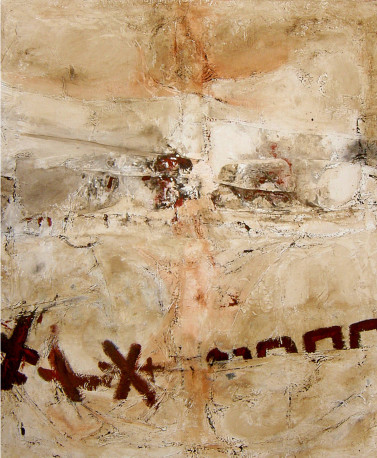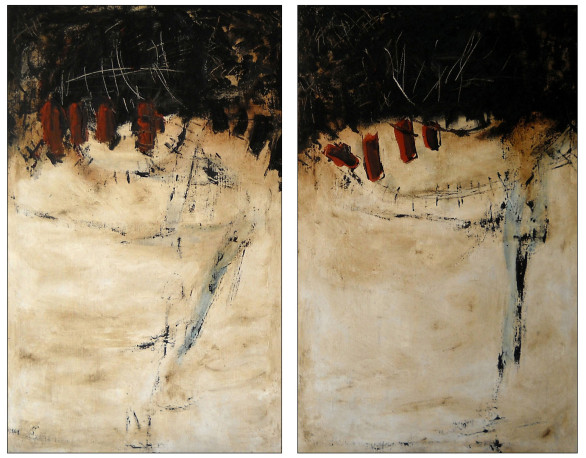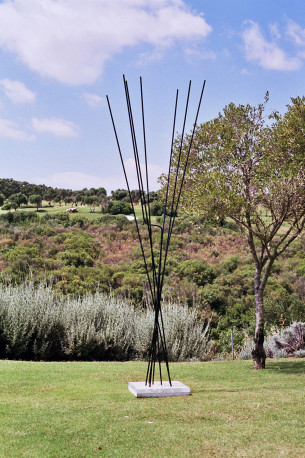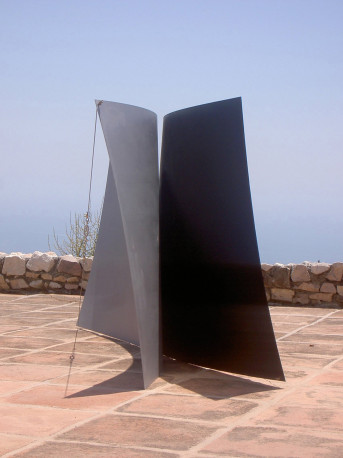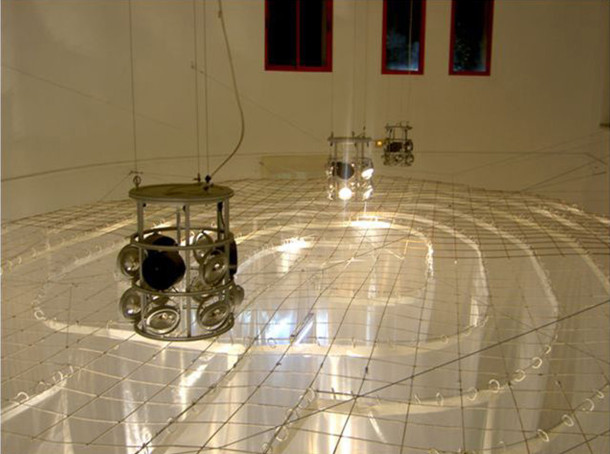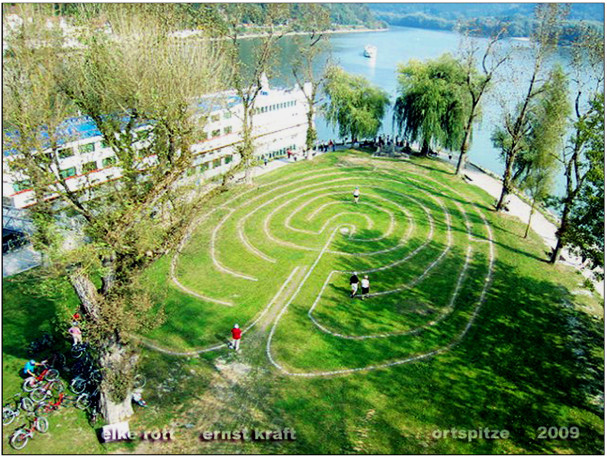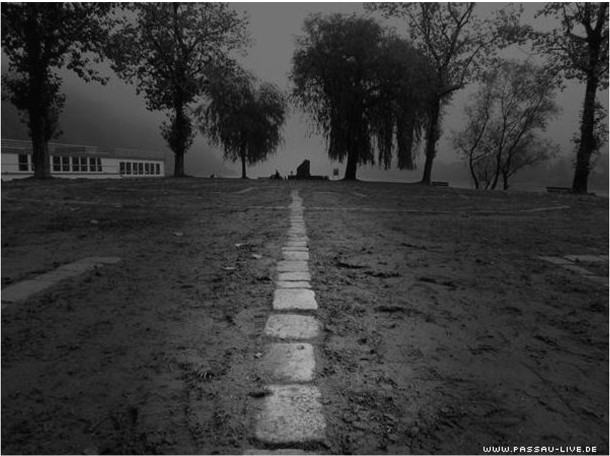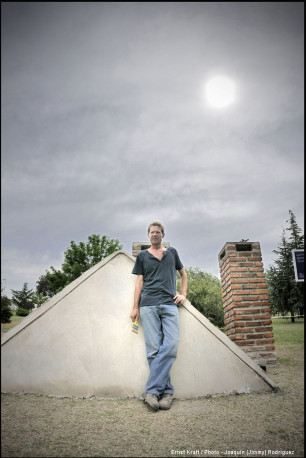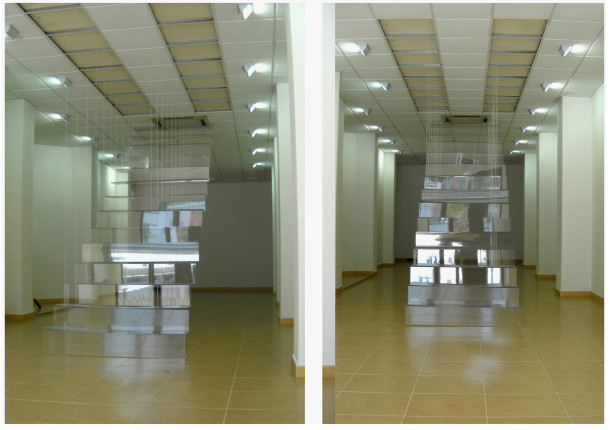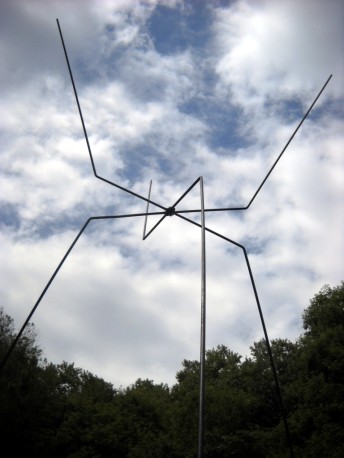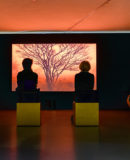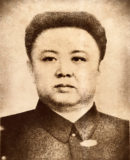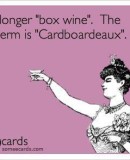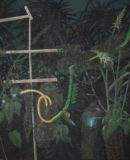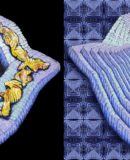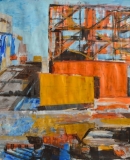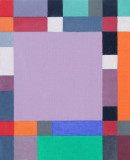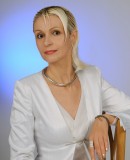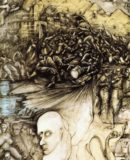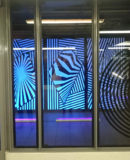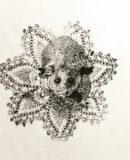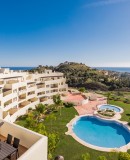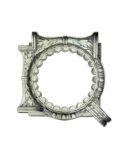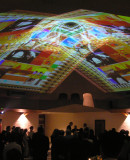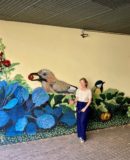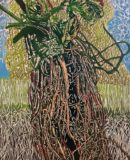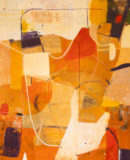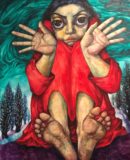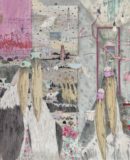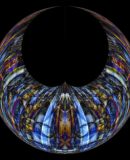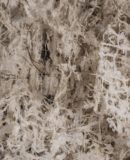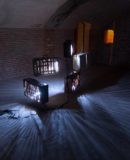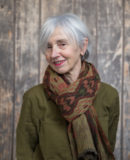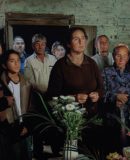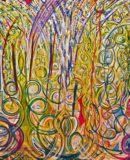World Artists and their Story, 18 - Ernst Kraft
World Artists and their Story, 18 – Ernst Kraft
The Dutch artist Ernst Kraft works in Spain. He has studios in the center of Malaga and Mijas Pueblo. He makes a lot of spatial work: installations, sculptures and buildings, including labyrinths.When I ask him about his central theme, he says that it is hard for him to stay within the lines, to adhere to the demand. “Is there a central theme in my work? Should there be one? Is there a leitmotif that relates all my works to each other? I rather think there is a kind of counterpoint: several melodies are being played simultaneously. Interests, fascinations, obsessions come and go and nearly always return.”
Jacob’s Ladder
Two years ago he made an installation of a ladder – suspended by nylon thread – with Plexiglas stairs and elevations. “Is that a central theme? I was given carte blanche for an installation in a given space, and knew immediately: this will be a ladder, nothing else and nothing more. Later I remembered that I had made paintings several years earlier of Jacob’s ladder, when I was still in the Netherlands. Like this there are many fascinations that come and go, another one is labyrinths.”
Ernst Kraft is not accustomed to give intellectual interpretation of his work. “I usually limit myself to a few technical details, such as the labyrinth in Passau, consisting of 26 tons of cobblestones. That matter-of-fact communication appeals more to the imagination than an explanation of the mystical interpretations of the labyrinth or the Jacob’s ladder phenomenon.”
Neither is it easy to designate a key work. Ernst Kraft: “Although Hermetism intrigues me and is a subject for me and maybe even part of my character, my work is not hermetic. It is visible and open from different angles. There is always a space which is not filled, not painted, not said. That space between the lines fascinates me. Everyone is free to fill that space, leave it empty or even deny it Perhaps that space is a theme in my work, but I do not really think about it.”
Digging and building
As a child Ernst didn’t ‘play’ so much. “I was always working … only later I realized that precisely this was my game. What I loved as a child, physical labor, I actually still love: digging and building. The process gives me peace of mind, not the resulting work. When an artwork nears completion, automatically the unrest comes again, which drove me to the just completed.”
Ernst Kraft comes from an intellectual environment. “But I saw this seldom as a challenge, I took it for granted, not really mine at the same time, or at least an end in itself. I started to study philosophy at the university, a love still from home, and wanted to write, a sort of logical continuation of my education, but no, it wasn’t in my nature. Only in the arts, and especially when I expanded my horizons with installations, sculptures and buildings, I could do whatever I wanted: build, make things.”
He traveled for five years in North and South America, and when he returned to the Netherlands he was 24 and he was unable to give a good shape to what he had experienced in those years. Kraft: “Unrest and half and full coincidences have given me training in the studio of the Amsterdam artist Jacques von Pell. I cannot say that from that moment I was an ‘artist’. I only know that art begins with the desire, the need to shape and learn to look and see with astonishment, from various angles and possibilities.”
The tree of life
“At first I wanted to ‘tell’, which is not strange for someone who has experienced a lot. I quickly dispensed with it since the need disappeared. I made a drawing or a painting, a sculpture or installation, and when I look back, they often took a life of their own, which I like to see. An image that will create its own stories. An image that creates a new image in the space which is left free by the creator.”
“I like a clear line, a marked drawing, and I hate explanations. That’s why I like to work with symbols, standing out in contrast, dramatic in pose or movement, an abstract point of view.” A year ago he made a sculpture ‘The Tree of Life’ in the Botanic Garden of Malaga. “It is an archetypal symbol, an icon that is more than three thousand years old, conducted in three iron bars of five meters long and no more than twelve millimeter thick. Lightly swaying on each oscillation, the silhouette stands out in accordance with the lighting of the moment. Seen against the sky the drawing is immovable as a manifesto. But it lectures nobody, is not pedantic, it is an image that leaves the air as it is and the park as it is.”
The house with the two chimneys
Five years ago he made a structure in the sculpture park of Santa Rosa, Argentina. It was the house with the two chimneys. “The idea actually came from ‘The house with the Two Chimneys’ where Stevenson wrote his Dr. Jekyll and Mr. Hyde, a remarkable coincidence, full of symbolism. The ‘sculpture’ consisted of the roof with the two aforementioned chimneys, obliquely rising from, or sinking into the ground. Some thought it was obvious that the house was erected, others sincerely believed that the house sank into the ground. While the construction was underway an elderly neighbour came to give her interpretation, she saw the house as the family, the chimney the parents … and since that time she was happy with the work, where she looked upon exactly from the living room, and found it was a privilege that it was made just over there. She made it, as it were, her own sculpture. Another person remarked in passing, growling: see how our Argentina is sinking into the swamp … and I heard as well how the country rose out of ashes ….
The installation where we talked about in the beginning, the installation titled ‘Between here and there’, an installation with plexiglas stairs hanging on a nylon thread raises the same question. “Up or down? Does that matter? Much more important seems to me the speculations which were different every time because each air stream brought the ‘ladder’ in a swaying movement, and also each stair and the next one. That is clear, manifest, deep and at the same time quite volatile. That’s not of a part of my artistic philosophy. A philosophy you don’t have. Having is too static, like a doctrine.”
Ein labyrinth ist auch toll
Ernst Kraft usually doesn’t speak about his contemplations. This interview is an exception to the rule. Ernst Kraft: “It is not my habit to dissect my work, to explain it, I have no missionary zeal. I do not want to feel compelled to test new work to a pre-formulated idea. I particularly like constructing, but the structure also builds on itself, corrects and suggests. The artist creates an image, and recreates himself.”
He received a reassuring comment when his Labyrinth in the Ortspitze of Passau neared completion. “In the afternoon at four o’clock the boys and girls of the nearby boarding school often came to ‘help’ me. I lent them work gloves, a shovel and wheelbarrow, and that was always fun. The day before the opening one of them asked if they still could play football over there. When I did not answer immediately, he thought that his question might have caused ‘sadness’ to me, or disappointed me, because he said, without further waiting for an answer: ‘well, ein Labyrinth is auch toll’…’ And so it is.”
http://ernstkraft.blogspot.com.es/
http://ifthenisnow.eu/nl/verhalen/internationaal-doorgebroken-13-ernst-kraft
Disclaimer: The views, opinions and positions expressed within this guest article are those of the author Walter van Teeffelen alone and do not represent those of the Marbella Marbella website. The accuracy, completeness and validity of any statements made within this article are not guaranteed. We accept no liability for any errors, omissions or representations. The copyright of this content belongs to Walter van Teeffelen and any liability with regards to infringement of intellectual property rights remains with the author.

